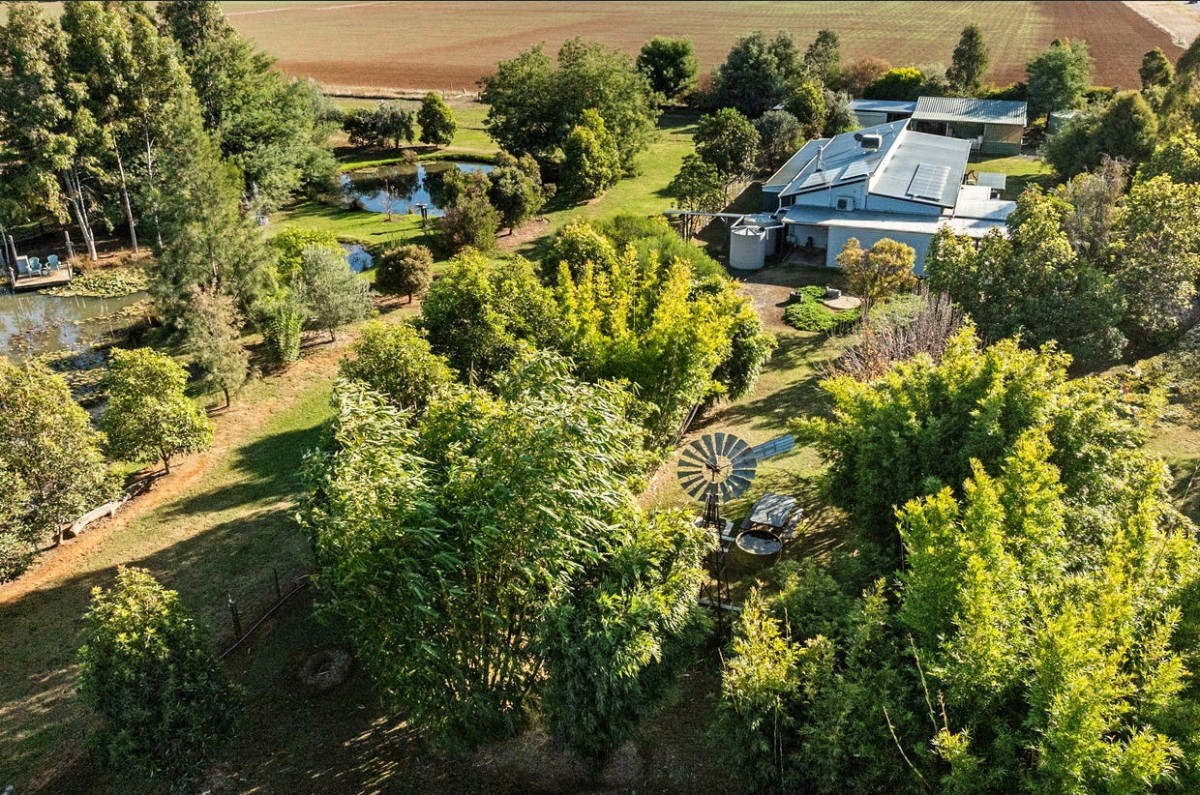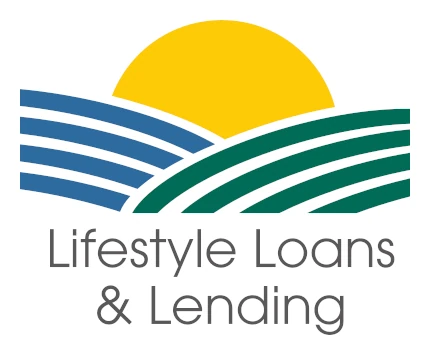Building a Self-Sufficient Hobby Farm
Dreaming of a peaceful, productive life on your own slice of land? Whether you're raising animals, growing produce, or simply enjoying the open space, a successful hobby farm starts with the right infrastructure, especially if you're planning to live off-grid.
At Lifestyle Loans and Lending, we understand the unique needs of rural property buyers. If you're considering a lifestyle property in Australia, here's what you need to know about setting up essential infrastructure and living sustainably on the land.
Core Infrastructure for a Functioning Hobby Farm
A well-equipped hobby farm is built on solid groundwork. Before you plant your first crop or welcome livestock, make sure your property includes:
- Reliable water access
Water is critical for both household and farming needs. Consider how water will be collected, stored, and distributed. Many rural properties rely on rainwater tanks, bores, or dams. Installing pumps and filtration systems is often necessary. - Secure fencing
Whether you’re keeping animals in or pests out, quality fencing is non-negotiable. Choose the right fencing based on your property's purpose — livestock fencing differs from protective fencing around produce gardens. - Shelters and sheds
Storage areas and animal shelters provide protection from Australia’s varied climate. Think about hay storage, tool sheds, machinery shelters, and animal housing, especially if you’re in areas prone to extreme weather. - Vehicle access and driveways
All-weather access is vital. Consider gravel or sealed driveways for regular use and emergency access. Remote properties may also need gates and signage to help visitors or delivery services locate your home.
Off-Grid Essentials: Living Sustainably and Independently
Many rural lifestyle properties operate off-grid, meaning they’re not connected to town water, sewerage, or electricity. Here’s what you’ll need to consider:
- Rainwater collection
Most rural homes use rainwater tanks as their primary water source. You'll need adequate roof space, guttering, first-flush systems, and UV filters to ensure safe drinking water. - Solar power systems
Solar panels with battery storage are a popular choice for powering off-grid homes. System size will depend on your energy usage, location, and backup options like diesel generators. Maintenance and system monitoring are part of ongoing life off-grid. - Wastewater and septic systems
Without access to town sewerage, your property will likely require a septic tank or treatment system. Proper installation and maintenance are essential to meet health regulations and protect the environment.
Financing the Essentials of Off-Grid and Hobby Farm Living
Lenders often view rural and off-grid properties differently from suburban homes. At Lifestyle Loans and Lending, we specialise in helping Australians finance properties with unique features, from hobby farms to fully off-grid homes.
We understand the lifestyle, the infrastructure challenges, and the financing options that work best for rural borrowers. Our goal is to make your move to the country as smooth and enjoyable as possible.
Ready to build your dream hobby farm?
Talk to our experienced team about flexible financing options tailored for rural lifestyle properties. Whether you’re starting fresh or upgrading existing infrastructure, we’re here to help every step of the way.


